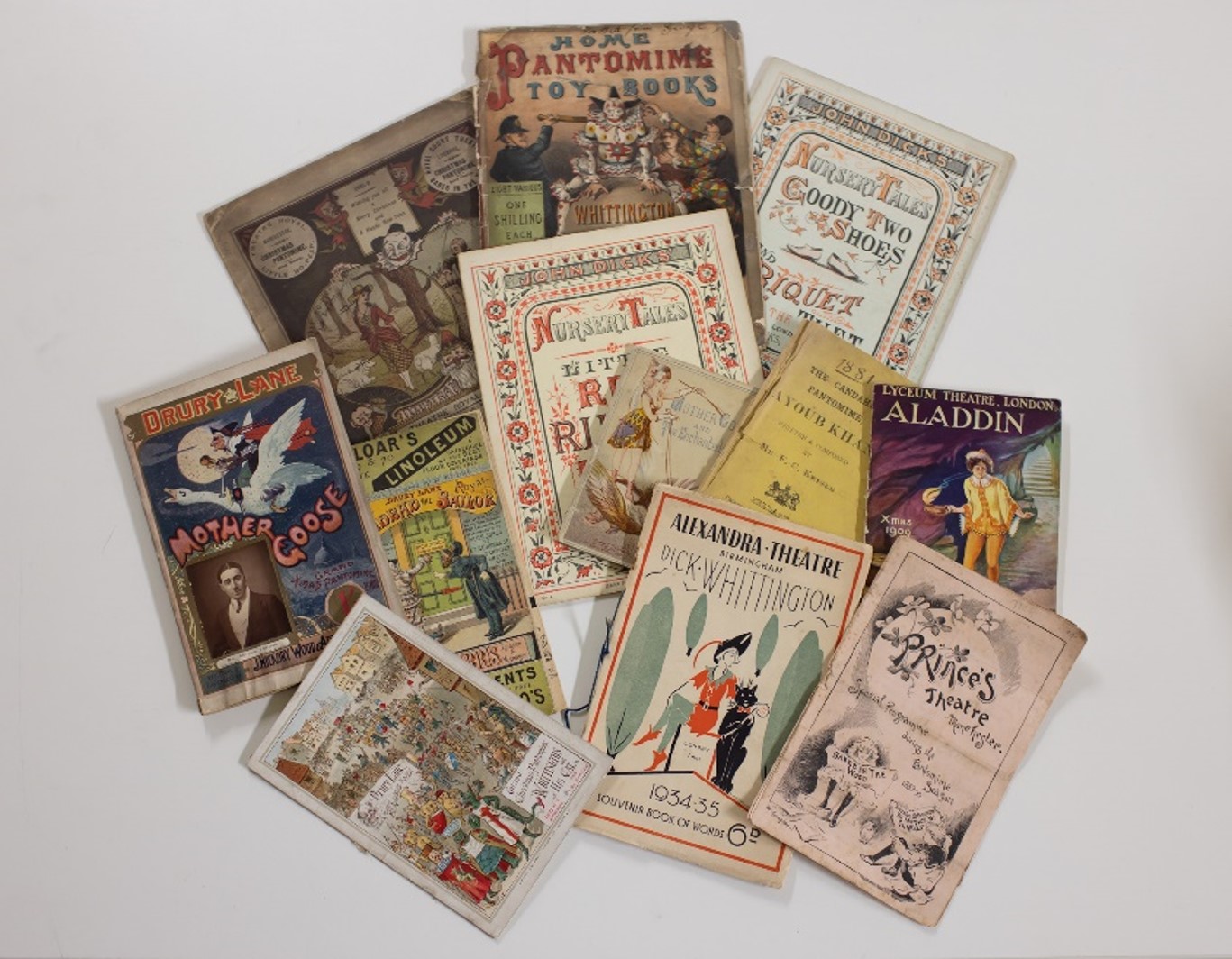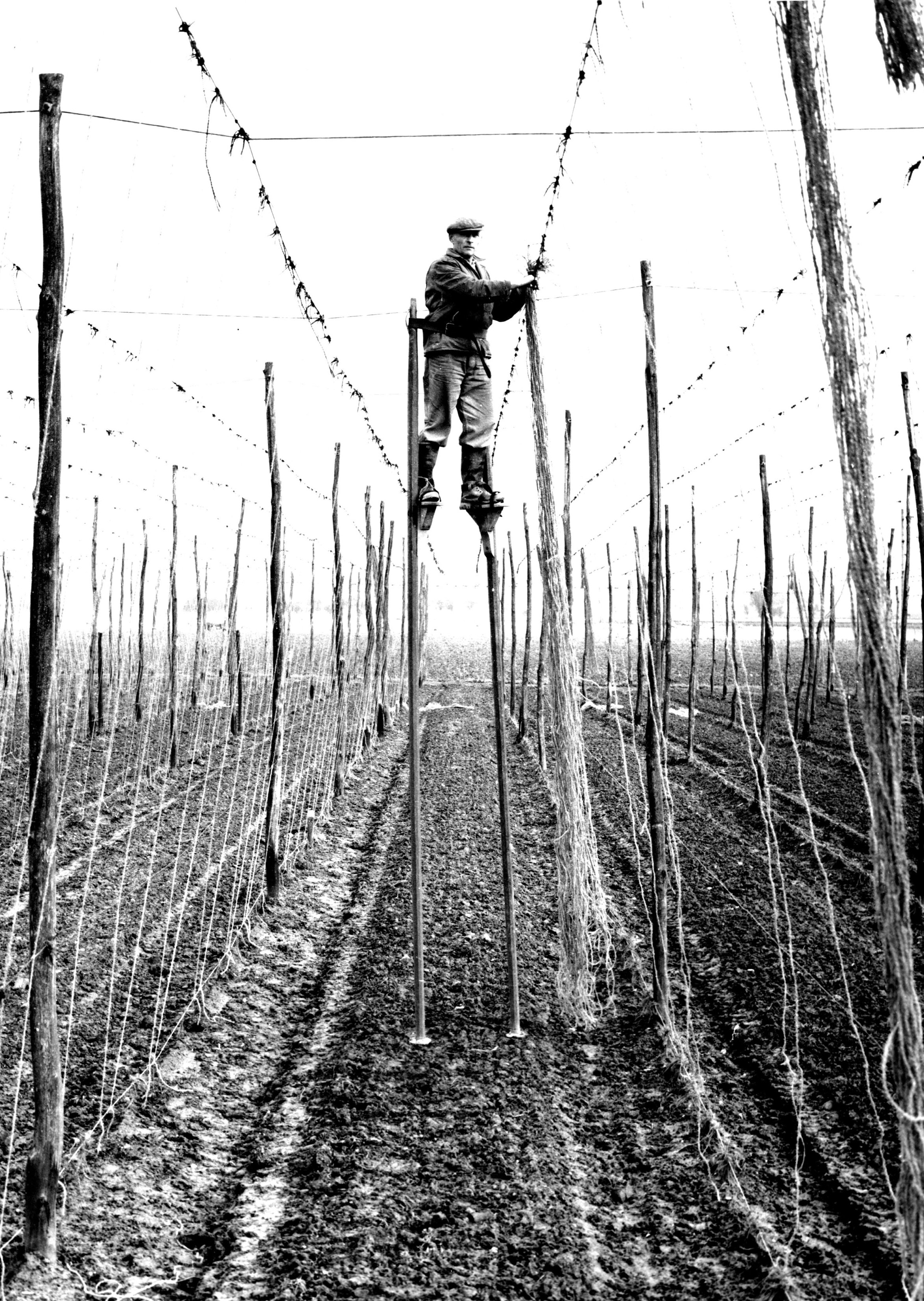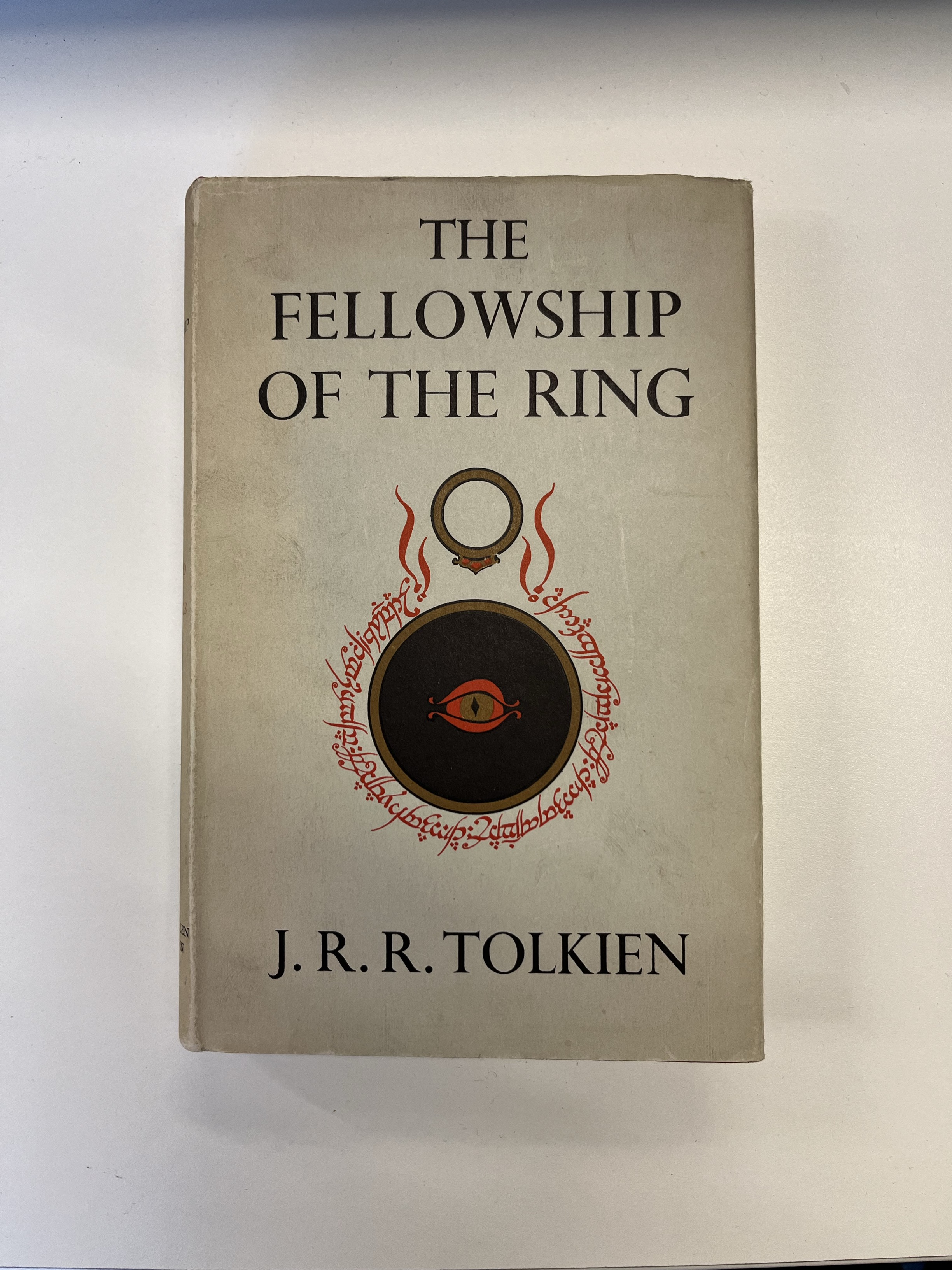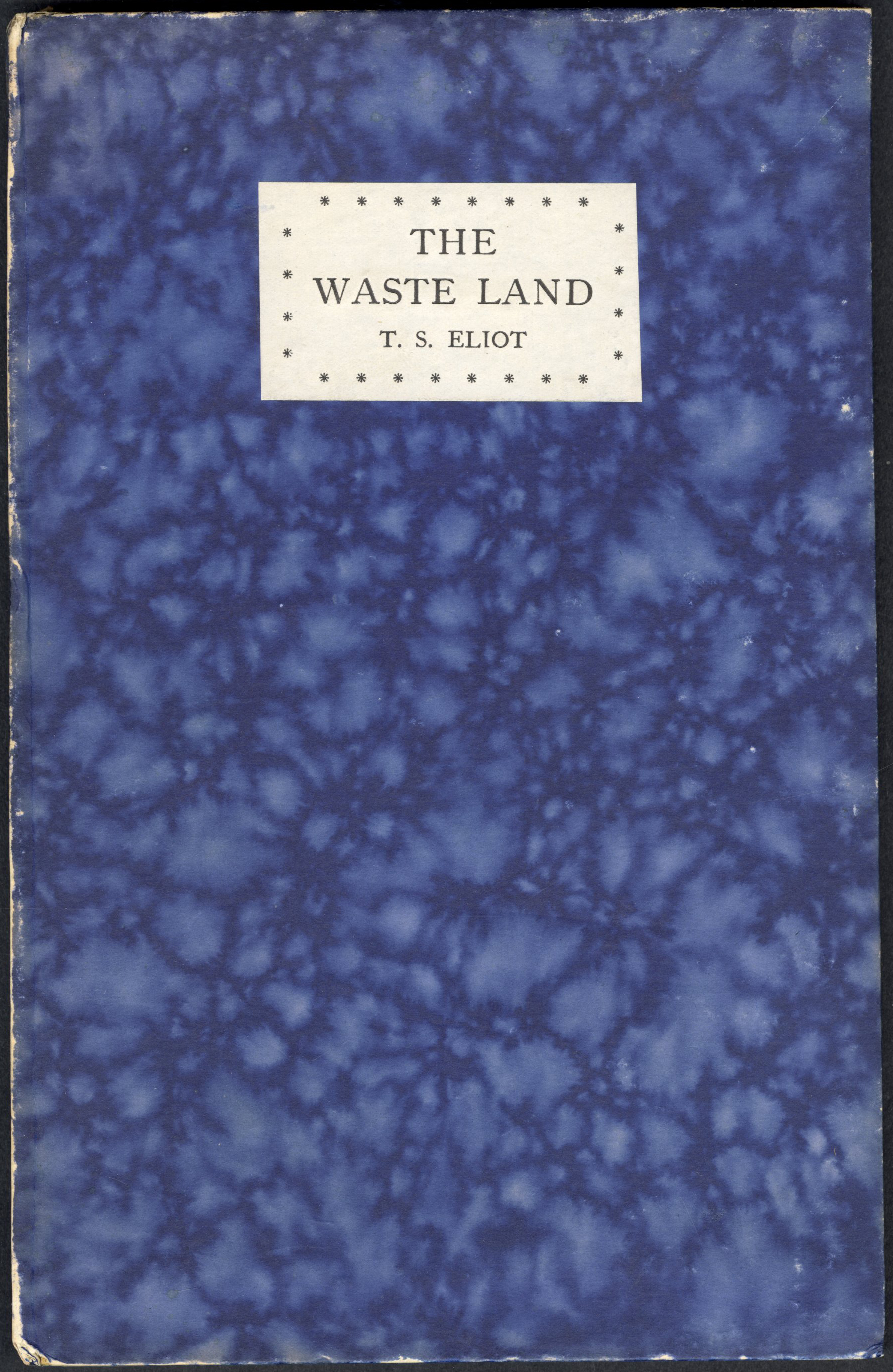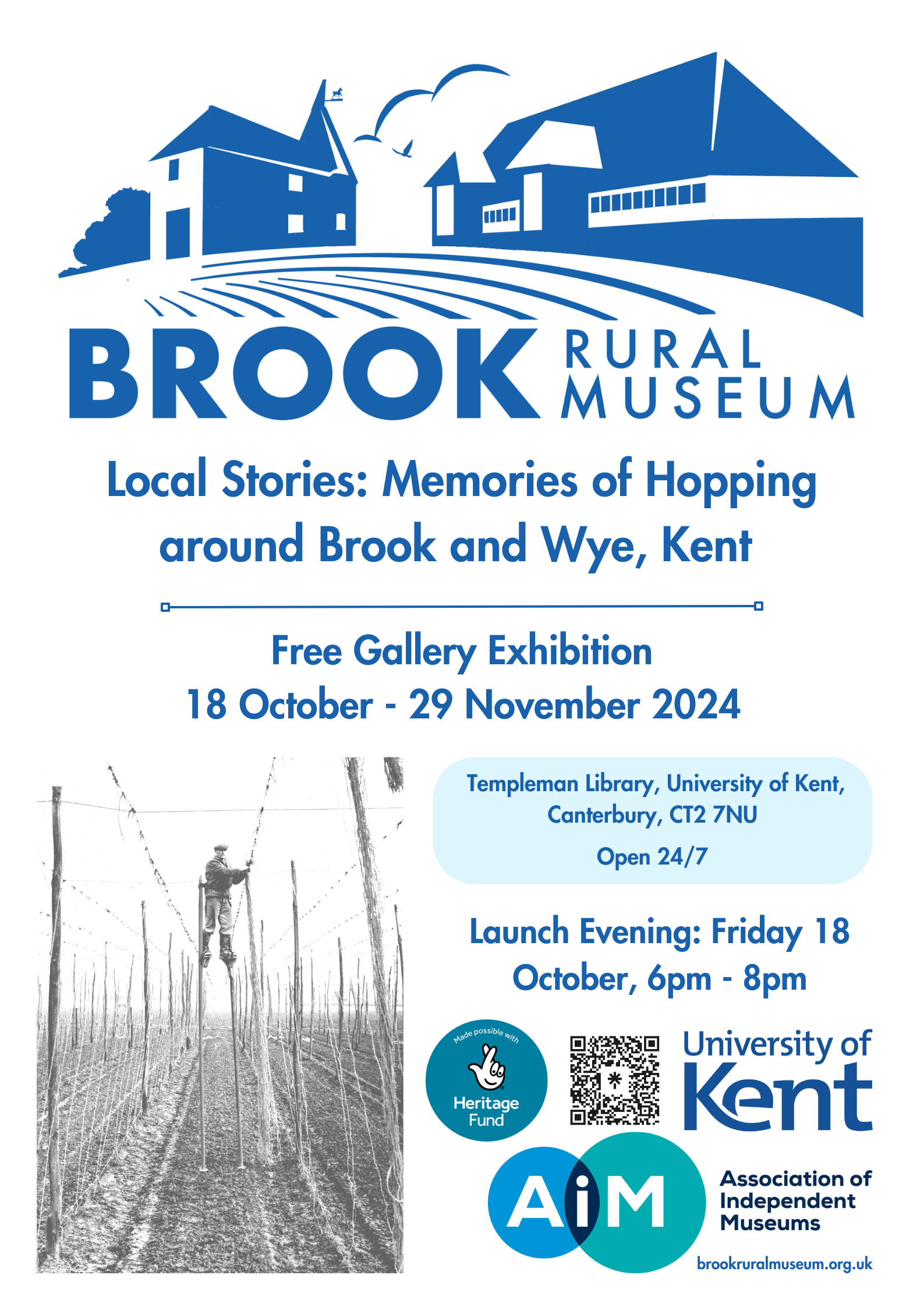We were delighted to host the Kent Refugee Action Network’s 2025 AGM in the Templeman Library last week, after which KRAN was able to celebrate the launch of their oral history project – Family Matters.
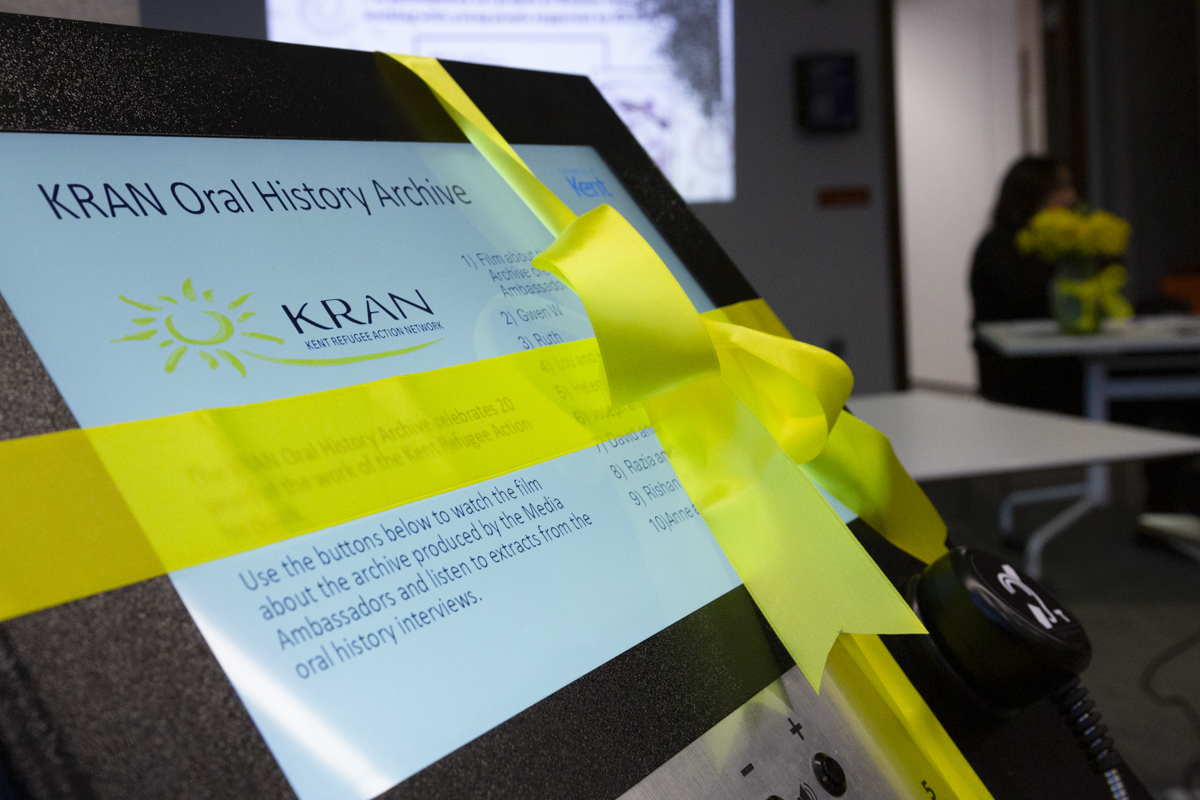
KRAN Oral History Archive displayed on the Special Collections and Archives Listening Station – reading to cut the ribbon!
Family Matters was a collaboration between KRAN, a local charity which supports unaccompanied young asylum seekers and refugees, and Oral History Consultant Anna Cole. The project started in 2023, KRAN’s 20th anniversary, and Youth Ambassadors from KRAN recorded interviews with KRAN staff, volunteers and service users.
The recorded interviews are being digitally preserved as part of the University of Kent’s Special Collections and Archives. We have also been working with student and staff volunteers at the University to transcribe the oral history interviews and produce interview summaries, and this project will continue throughout 2025.
The recorded interviews and transcripts will provide a valuable resource to those interested in KRAN’s history, the stories of refugees who have stayed or lived in Kent, and the stories of those who work for charities or directly with young asylum seekers and refugees to provide help, advice and support.
KRAN CEO Razia Shariff says: “The project captures a living legacy of our creation and evolution, showcasing the resilience and dedication of our trustees, volunteers and staff.
“It offers a unique insight into how a community group has met challenges and stayed true to its mission of supporting vulnerable young refugees.
“I am delighted these stories will be safely preserved and accessible for future generations.”
For further information about the project – see KRAN’s website: https://kran.org.uk/lateststories/heritage-project-really-matters
The Family Matters Oral History Project was made possible thanks to funding from the National Lottery Heritage Fund.
We are currently working on making the recordings available for research, and they will be available at the University of Kent’s Special Collections and Archives reading room, which is open by appointment only from 10am to 4pm, Tuesday to Friday (email specialcollections@kent.ac.uk) The archive will also be made available online later this year.
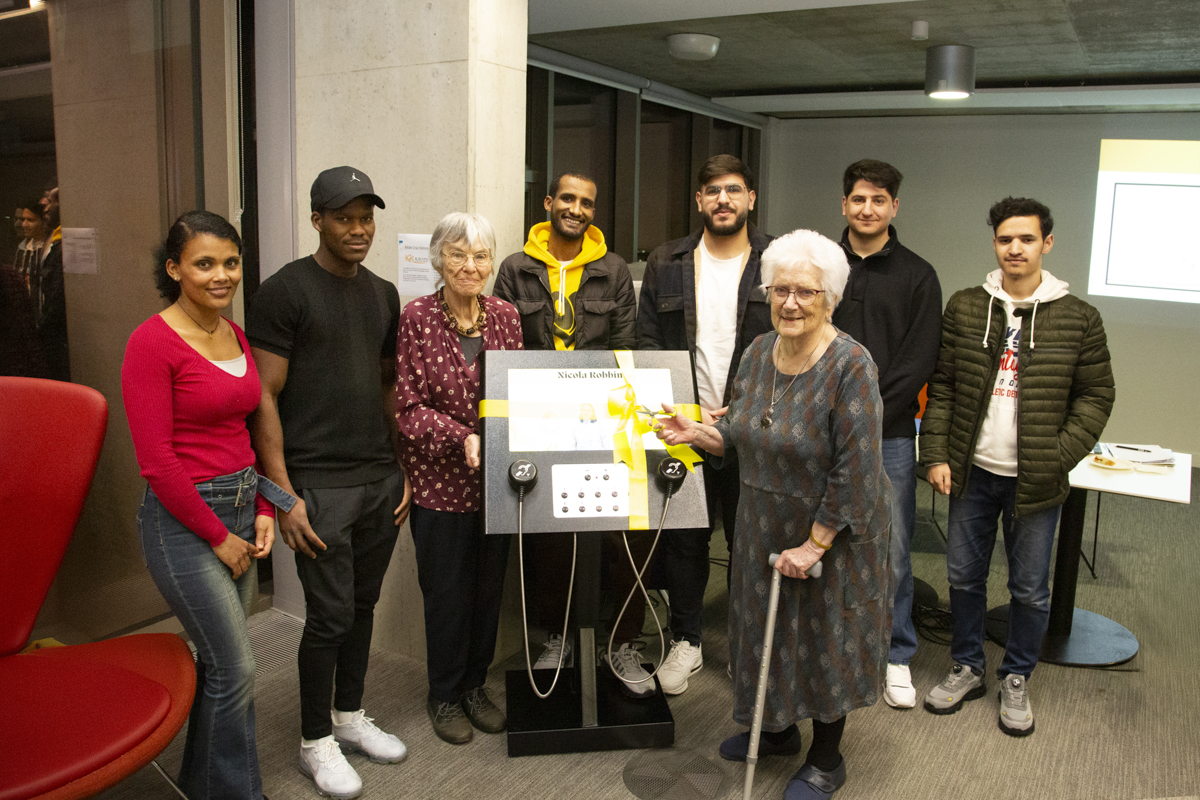
Youth Ambassadors and interviewees involved in the KRAN Family Matters Oral History Project (Copyright Tim Stubbings)

